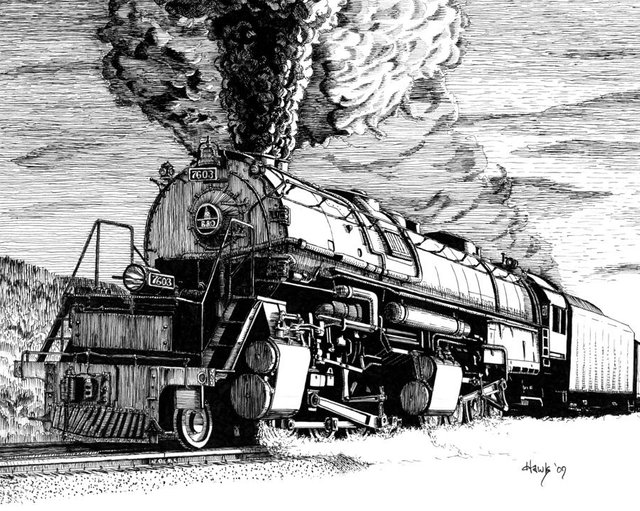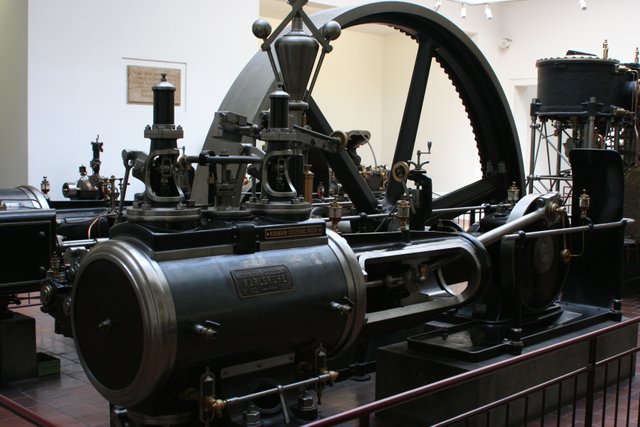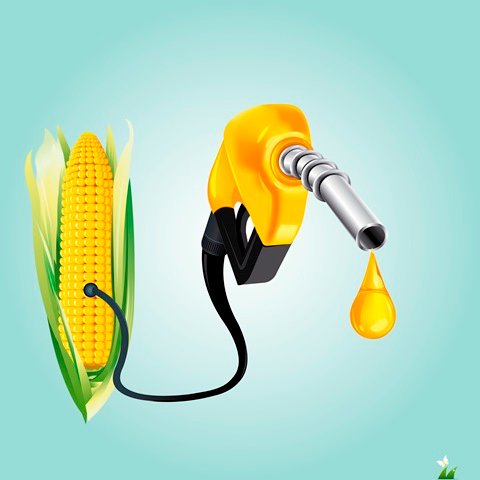Alternative Fuel Sources 2
Steam power throughout the 1800’s and early 20th century dominated as power for ships and industry, making it one of our oldest “alternative” energy sources. A steam engine is a heat engine using steam as the working fluid. In a steam engine water is heated and transformed into steam within a boiler running at high pressure. When expanded through pistons or turbines, mechanical work is done. The reduced-pressure steam is then condensed and pumped back into the boiler.
The term steam engine can refer to either the integrated steam plants, such as railway steam locomotives and portable engines, or to the piston or turbine machinery alone. Using boiling water to produce mechanical motion has been around for at least 2,000 years but didn’t become common until the 19th century. The steam engine that made the industrial revolution possible is getting new life today to run generators and create electricity, and to power boats. A leader in this area is Mike Brown. Brown points out that electric power generation with steam, at the individual household level, is making a comeback and that at the commercial power plant level it never left, citing the fact that nuclear power plants run on steam. Brown says; “What is new is the fairly recent phenomenon of household-size steam power units for standby power generation. A home steam system consists of a boiler with a furnace to turn water to steam, a steam engine to convert the steam energy to rotary motion to drive a generator, and a system to re-circulate the water once the steam has turned back into water. During the re-circulation of the water utilizing the exhaust steam heat (providing hot water and/or heating the home itself) increases the efficiency of the system. The design of a home steam system is dictated by the circumstances of the home, where it will be installed, and the fuel available.” Brown said.
Ethanol or grain alcohol is also a popular alternative source of energy. Mike Brown wrote an early book on making moonshine and burning it in gasoline engines back in the 1990’s and his book is available at his website listed above. Another guru in the area of ethanol is David Blume. Blume has been a leading advocate for ethanol for years appearing on many national television and radio programs including Coast-to-Coast-am with George Noory. Blume promotes smaller ethanol operations by farmers in rural areas, but has also had success promoting ethanol in urban areas. Any high carbohydrate food product can be fermented and distilled, creating home brew alcohol, commonly known as moonshine, and any gasoline engine can be converted to run on 100% alcohol.
Modern flex fuel vehicles will already run on alcohol. Blume points out that in the nation of Brazil all cars, and most aircraft, run on either straight alcohol, or a combination of petroleum and alcohol. In Brazil, they use sugar cane as a source. In the US, the best crop to use depends on the area. In parts of the south where sorghum is grown it tends to be a great crop because of the high sugar content. In sugar beet territory, the sugar beet is perfect. But German farmers before World War I commonly raised potatoes and took their crop to the co-op distillery, receiving alcohol in return and leaving a percentage of their crop as payment. In parts of the US the Jerusalem Artichoke is popular, and even lowly kudzu, a grass that is considered a nuisance in the south, can produce 200 gallons an acre, about the same amount per acre produced by corn. There is no waste since the waste product, distillers’ grain, can be dried and used as a high protein animal feed. The carbs are converted into alcohol, leaving behind a healthier animal feed. In urban areas, the broken corn tortilla chips, considered trash at a tortilla factory in LA, are used to create alcohol to run generators. Blume calls alcohol “liquid sunshine” since the sun grows the crop that produces the alcohol.
Come back tomorrow for the next installment in this series!




Note:Steam is NOT an energy source. No more than a drive shaft, a drive belt, or electricity. Wood, coal, oil, or gas can be burned to turn water to steam. Nuclear power can (and does) produce steam. THEY are the energy sources...